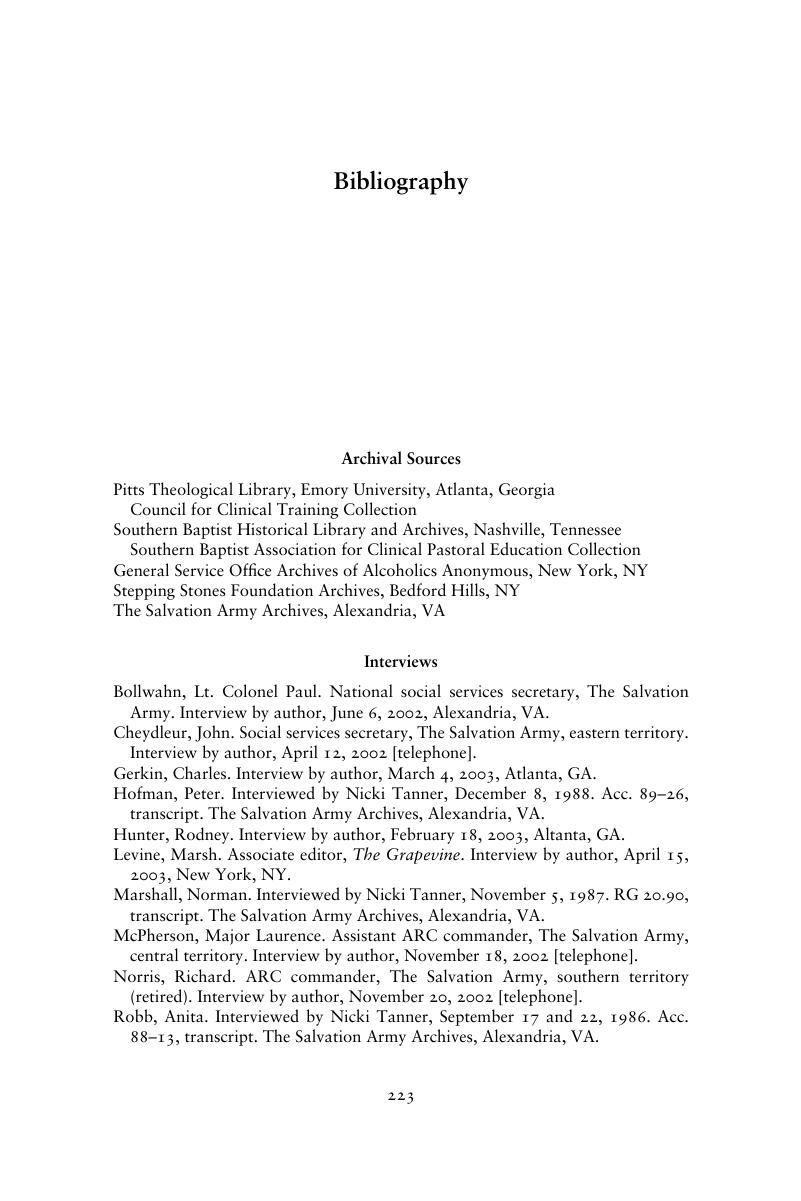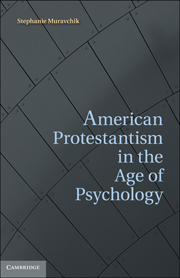Book contents
Bibliography
Published online by Cambridge University Press: 05 July 2011
Summary

- Type
- Chapter
- Information
- American Protestantism in the Age of Psychology , pp. 223 - 238Publisher: Cambridge University PressPrint publication year: 2011



